Best Web Hosting Services of 2023
Best Web Hosting Services of 2023
These services do not offer one of the three hosting options and do not include adequate security features, an uptime guarantee, or some limited customer service options. The following services aren't as strong as our top picks, but they're still reasonable offerings.
11 Best Web Hosting Services of 2023
1. Dreamhost Web Hosting
DreamHost offers a 97-day money-back guarantee, which is the longest money-back time frame for a web hosting service on this list. If you are new to web hosting, this deadline may give you enough time to make an informed decision about whether or not to stick with DreamHost. It offers shared VPS, dedicated and WordPress hosting plans, as well as an advanced WordPress plan called DreamPress. DreamHost has a 99.9% uptime guarantee, and the plans come with security features like SSL certificates and malware removers. The drawback of DreamHost is that it does not provide 24/7 chat or phone support. Chat support is available from 5:30 am to 9:30 pm, seven days a week. PT and phone support are only available upon callback request. If you think you need technical support, DreamHost offers a step-by-step online guide on how to handle technical issues. The cheapest plan is also for just one month of hosting. Later, the price is renewed at the standard rate which is quadruple the starting price.
2. Hostinger Web Hosting
Hostinger offers a competitive price point. Shared and WordPress plans start at $2 per month, VPS plans start at $3.95 and cloud hosting plans start at $10 per month. There are also video modules on YouTube to show you how to create your WordPress site or change your domain name, for example. The plans include SSL certificates and all servers have an advanced security module to protect your data. Some of the lower tier plans offer weekly backups, while the higher tier plans provide daily backups. Hostinger also has a 99.9% uptime guarantee. However, customer support is limited. Live chat is available 24/7, as is email, but Hostinger doesn't offer phone support.
3. SiteGround Web Hosting
If you are new to web hosting then SiteGround is a good option. It offers 99.99% uptime, and 24/7 customer support and plans include security features like SSL certificates, spam protection, and a web access firewall to help protect your site. The company also has a 100% renewable energy match. However, Siteground offers shared, cloud, WordPress, and reseller hosting options, so while these are good options, as your site grows and receives more traffic, you may want to consider a service that offers VPS or Offers dedicated hosting.
4. GoDaddy Web Hosting
GoDaddy web hosting offers unmetered storage and bandwidth with their plans so you can upload as many images and videos as you want on your site. GoDaddy offers shared VPS, dedicated and WordPress hosting plans, a 99.9% uptime guarantee, and 24/7 customer support. However, its security offerings are inconsistent. For example, SSL certificates are included with some high-level shared plans, but not with low-level plans. If this is your first site, you'll want to start with one of the lower-tier options, but the lack of security features may push you to get a more expensive plan.
5. HostPapa Web Hosting
HostPapa has global data centers, so you can choose the best data center to reach your visitors faster. Hosting options include shared, VPS, managed WordPress, reseller hosting, and PapaCare Plus, which is similar to managed shared hosting. HostPapa has a free SSL certificate, DDoS protection, and other security features included in each plan, a 99.9% uptime guarantee, and 24/7 phone, chat, and email support. However, the lack of a dedicated hosting option means that if your site becomes too large, you will need to migrate to another service. Also, if you choose HostPapa, be sure to check what you're buying when you check out. As I went through the checkout, some features, like automatic backups and a security tool, were added automatically for an additional fee. When comparing plans, these additional features are mentioned and marked as included in higher-tier plans, but not in all plans.
6. Hostwinds Web Hosting
Hostwinds offers unlimited storage and bandwidth with each plan, as well as unlimited free business email accounts. It offers shared, managed, and unmanaged VPS, dedicated, reseller, and cloud hosting plans, has a 99.99% uptime guarantee and offers 24/7 chat support. Hostwinds plans also come with a free SSL certificate and free nightly backup. However, compared to other services, Hostwinds is not accompanied by information regarding other features or plan differences. Usually, the services show detailed charts that indicate what features come with the plans. Hostwinds' shared chart, for example, only lists bandwidth, disk space, and how many domains come with each plan. Since bandwidth and disk space are unlimited, the only noticeable differences with each plan are the domains offered with each plan, the price, and the name of each plan.
7. Bluehost Web Hosting
Bluehost specializes in WordPress hosting and provides additional resources, like the Blue Flash customer support team, for anyone choosing WordPress hosting. It offers shared, VPS, and dedicated hosting as well as managed and unmanaged WordPress hosting. All plans include free SSL certificates, two-factor authentication, and anti-spam protection. Bluehost customers can call or chat with a 24/7 customer support representative. Bluehost does not offer an uptime guarantee but instead says that it fixes issues within 15 minutes of being reported. However, it doesn't tell you how many issues you should expect on average. If your site is down for about 15 minutes a week, your site could be down for about 13 hours a year, which is more than the norm.
8. Glowhost Web Hosting
If you anticipate that most of your traffic will come from that region, Glowhost's worldwide data centers let you host your site from a certain region. Glowhost offers shared, cloud VPS, dedicated, semi-dedicated, resellers, and what Glohost calls an elastic plan compared to a managed VPS plan. Security features include a free SSL certificate and McAfee Secure, starting at $30 per year, and customer support is available 24/7 by phone or chat. However, uptime is hard to understand. Some dedicated hosting plans guarantee 100% uptime, but in 2008 a Glowhost administrator said it could be between 99.5% and 99.9%, meaning your site might be down for at least one day a year. Might be possible.
9. iPage Web Hosting
iPage provides customers with a free website builder to get their site up and running, as well as e-commerce tools to easily integrate into your site. iPage offers shared VPS, dedicated and WordPress hosting plans and has a 99.9% uptime guarantee. The service also offers 24/7 chat support as well as phone support available seven days a week from 7 a.m. to 12 noon Eastern Time. Each iPage plan comes with a free SSL certificate, but additional security features such as daily malware scans and backups are not included. To fill those security gaps, iPage offers SiteLock, which starts at an additional $3.99 per month. Navigating iPage's site is also difficult compared to other services. For example, I had to scroll to the bottom of its homepage to find additional web hosting plans like VPS and Dedicated.
10. Mochahost Web Hosting
Mochahost, unlike most other web hosting services, locks in your price no matter how long you stick with the service. This means you don't get shocked when your three-year contract is renewed at a much higher rate. Mochahost offers shared, VPS, dedicated cloud, WordPress, and reseller plans, a 100% uptime guarantee, and 24/7 live chat support. Phone support is also available on callback. Free SSL certificates are also included in each plan, but other security features like spam and malware filters come at an additional cost or with more expensive plans.
11. WebHostingPad Web Hosting
WebHostingPad offers shared, managed, and unmanaged VPS, WordPress, and a mini hosting plan for smaller sites. Each plan includes a free SSL certificate and SiteLock Lite, and WebHostingHub has a 99.9% uptime guarantee. Chat support is available 24/7, but phone support is only available Monday-Friday from 8 a.m. to 10 p.m. Central Time. WebHostingPad also offers competitive prices, starting at $1.99 per month, but they're only available with four-year and five-year contracts. There is a mini plan that has a fixed price point of $3 a month, but it is offered with a three-year contract, otherwise, the price is $3.50 per month for one year or $3.25 per month for two years. Is. Domains are also an additional $17 at checkout.
Web Hosting FAQ
What is web hosting?
Web hosting is the act of storing website data on a single server or series of servers. Imagine a website as a work of art. That art needs to be placed somewhere for people to see, and web hosting is like a gallery where your art can be stored for others to see.
What are the basic types of hosting?
There are three common types of web hosting: shared, virtual private server, and dedicated hosting.
Shared hosting is usually the most basic, and least expensive, type of hosting. Continuing the art example, shared hosting is like a small gallery presented in a coffee shop. Yes, the art you create is there, but so is the art made by other people. Shared hosting is similar. You're usually charged a few bucks a month to keep your site up and running, but you don't find a lot of resources to help you take care of your site. These plans usually cost between $2.50 and $15 per month.
VPS hosting is a step up from shared hosting and is a bit more expensive. Here, your art is stored in a gallery downtown. Other art is still stored and displayed with you, but unlike shared hosting, each artist has their own booth within the gallery. With VPS hosting, you get more resources which allows you to handle more traffic and display more items. These plans typically cost between $20 and $80 per month.
Dedicated hosting is when you keep your site on a whole server without anyone else. It's like keeping an entire art gallery with you. Everything there is your art and you find dedicated people to help you take care of your art. These plans are the most expensive, but get you the most resources. Dedicated hosting plans typically cost between $80 and $300 per month.
What are some other types of hosting?
Some other types of hosting include reseller, cloud, and WordPress hosting.
Reseller hosting involves subscribing to a web hosting service and selling that space to someone who wants to put a website online. Back to the art example: Imagine you have no art, but you see a group of people who want to display their art. You have some money so you buy space in a building for artists to display their work and charge them for using that space. That is reseller hosting. You buy space on the server, not to use, but to resell it to people to make money.
Cloud hosting is like displaying copies of your art online rather than just in physical locations. That way, even if one gallery is closed, your art can still be viewed elsewhere. Cloud hosting is similar to how your data is stored in a network of servers, so even if something happens to one server, visitors can still visit your site as usual. These are generally used by large businesses and organizations.
WordPress hosting is optimized to use WordPress as a content management system. WordPress is a popular system used by many organizations, providing over 54,000 plugins to help you build your site. The system is designed to be easy to learn, which means that WordPress is a good choice for those who are hosting their first site.
What is CMS and what does it do?
Content Management Systems can help you build and maintain your website. For example, a CMS is like a tool used to create posts or upload images on your social media profiles. A CMS does the same thing, but for your site. You don't need a CMS, but without one, you'll have to code your site from scratch. Apart from WordPress, some other CMS tools are Joomla and WooCommerce.
What is uptime and why is it important?
Uptime is a measure of how long your site works without going offline. The longer your site is up, the more traffic it can handle and the more money you can potentially make if your site is for a business. Imagine you've narrowed down your art to two locations: one is open two days a week and the other seven days a week. You want as many people to see your art as possible, so you go with open positions seven days a week. This is similar to uptime. However, uptime can be confusing. In general, when you see that something is 99% effective, you think it's great. But 99% uptime means your site is down for more than three days a year. The industry standard uptime is 99.9%, and anything more is best for you and your visitors. Most web hosting services have uptime guarantees and offer some form of reimbursement if your site is down for longer than the guaranteed uptime.
What are the differences between unmanaged and managed hosting?
Unmanaged hosting plans place the responsibility of certain administrative tasks on you as the customer. However, the managed hosting plans web host
What security features should I look for in a hosting service?
Secure Sockets Layer Certificate, Distributed Denial of Service Protection, and Web Application Firewall are some of the key security features that you should pay attention to.
SSL certificates are a form of cryptographic protocol that encrypts and authenticates data between servers, machines, and applications operating within a network. These are like a coded language between the server hosted on your site and the visitor's computer. Only your server and your visitor's computer have the key in the coded language, ensuring that no one intercepts your or your visitor's data.
A DDoS attack is a flood of traffic to your site that shuts down your site, and potentially other sites depending on your hosting plan. For example, imagine you hang your art in a coffee shop, and someone doesn't like your art, so they convince hundreds of thousands of protesters to gather at the shop to stop viewing your art. Huh. Because of the crowd, most people are not only able to see your art, but also the work of other artists are not able to see people. Having DDoS protection in place helps keep any suspicious eyes on your site's traffic, and prevents DDoS attacks from occurring before they cause significant damage.
WAF is a layer of security on your site that filters, monitors, and blocks malicious traffic from accessing your site. You've hung up your art, and to protect your art and anyone who comes to see it, the gallery has hired a bouncer to peep people looking at your art. The bouncer is WAF. If traffic appears suspicious, WAF blocks it.
I keep seeing the phrase 'e-commerce' in some hosting plan descriptions. what is that?
Electronic commerce (e-commerce) is the buying and selling of items online. If you've bought anything online like new shirts, food, or digital music, you've participated in e-commerce. Web hosting services usually mention e-commerce in the plan description, to indicate that it includes tools to help you get your online shop up and running. If you are planning to open an online store or sell items online, you should look for plans that include e-commerce tools and resources.
What are website builders? do I need one of them?
Not necessarily, but if this is your first site you may find a website builder helpful, and some web hosting services offer free website builders with plans. Instead of coding your site from scratch, website builders are tools that help you easily build your site through a simple interface.
What is Site Migration? Can I do this myself?
Site migration is the process of moving your already installed website from one web hosting service to another. You may do this because the price of renewing your current web hosting service has increased dramatically or you are unhappy with your current service. Some services will migrate your site for free, while others will charge you a fee to migrate to their service. You can migrate your site manually, but you can lose traffic and content if done incorrectly. If you are migrating from one service to another for the first time, it is better to let someone else handle it.
What are CDNs?
Content delivery networks, or content delivery networks, are groups of data centers and servers that help distribute content to people on the Internet based on a visitor's physical location. Imagine you're hosting a site out of Dallas:
Without a CDN, if people from the Netherlands try to access your site, your visitors may have to wait sometime for your site's content to be delivered due to the distance. However, if your web hosting service uses a CDN and has a data center in the Netherlands, your visitors to the Netherlands will be able to access a version of your site that is stored in a much closer data center. Some cached files are stored in this version of your site to increase webpage load times and reduce bandwidth usage. This is good for you because some web hosting services limit bandwidth usage, and faster load times mean happier visitors.
According to a study by Digital.com, half of the shoppers expect a site to load in three seconds or less, and nearly a quarter of shoppers said slow load times are their main source of dissatisfaction when shopping online.
Should I be using Linux or Windows Server?
It depends on your goals, but a Linux server will work for most people. Servers running Linux operating systems support most programming languages and have more features than web developers. Linux is also the more popular server operating system, according to the Web Technology Survey, powering approximately 37.8% of all websites on the Internet. A lot of website-building tools and applications run on Linux so they will work on these servers without any extra effort. Linux servers are also generally cheaper than Windows servers. If you are a small business owner maintaining your own site or are starting your own blog or online store, a Linux server has what you need.
Servers using the Windows operating system use the programming language C#. This means that if you already know Python, Perl, or another language, you will need to learn C#. Windows servers also use Microsoft-specific tools and applications such as Microsoft Access, Microsoft SharePoint, and MSSQL. If you encounter issues with these applications or your server, you can contact Microsoft's customer support who should be able to resolve your issue in a timely manner. Linux is an open-source operating system, so while there's a community of people working to fix bugs, you'll have to dig around to find a solution that works for you. Many large corporations and organizations use Windows Server, so if you want to work for one of them in the future, you can benefit from practicing with their servers and adding it to your resume.
What is FTP?
A file transfer protocol is a method of transferring large files – such as videos and other data-heavy files – from one location, like a server or computer, to another. Think of FTP as a type of delivery service. Imagine you order a television from a company and have it delivered to your home. The delivery truck dropping the television at your home is FTP. If you've ever used software like FileZilla, you've used FTP. While FTP is generally vulnerable to malicious actors intercepting your data, FTP over Secure File Transfer Protocol (SFTP) and SSL/TSL (FTPS) transfer your files and data with security measures, such as firewalls and data encryption. provide a safe way to do it. If given the option, always choose SFTP or FTPS instead of FTP when choosing a web hosting service.
Visit: Cnet

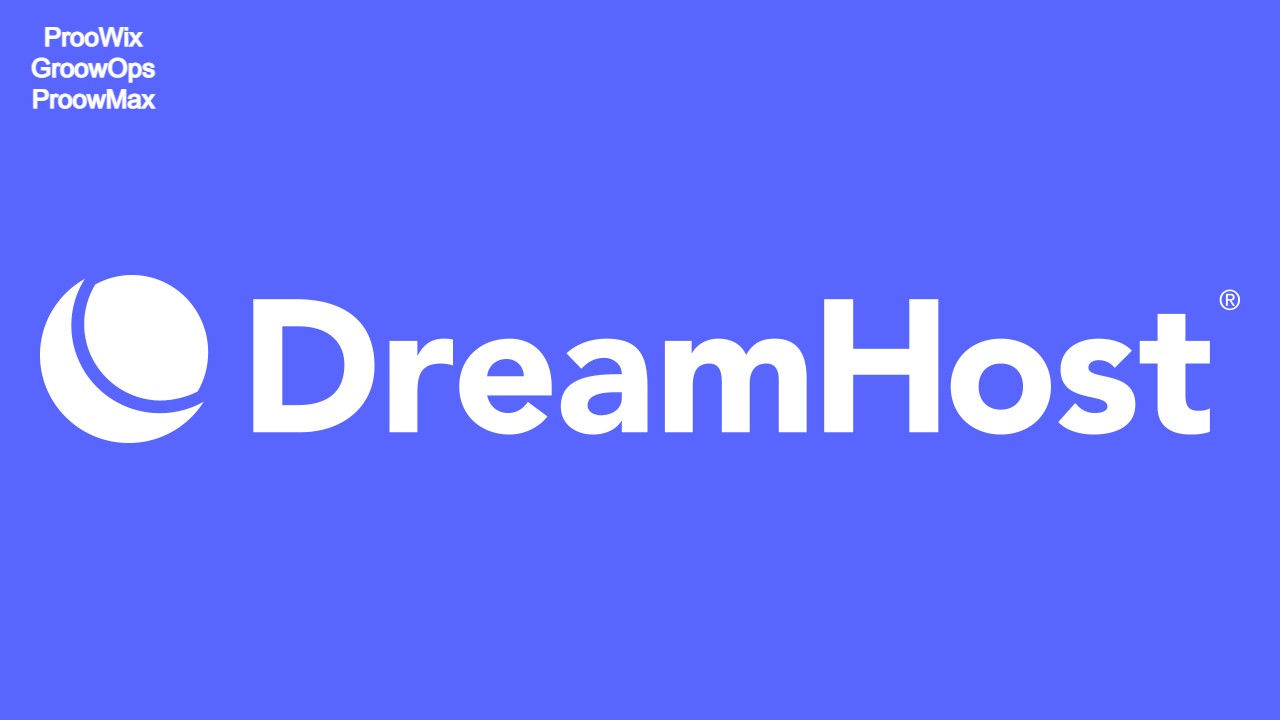
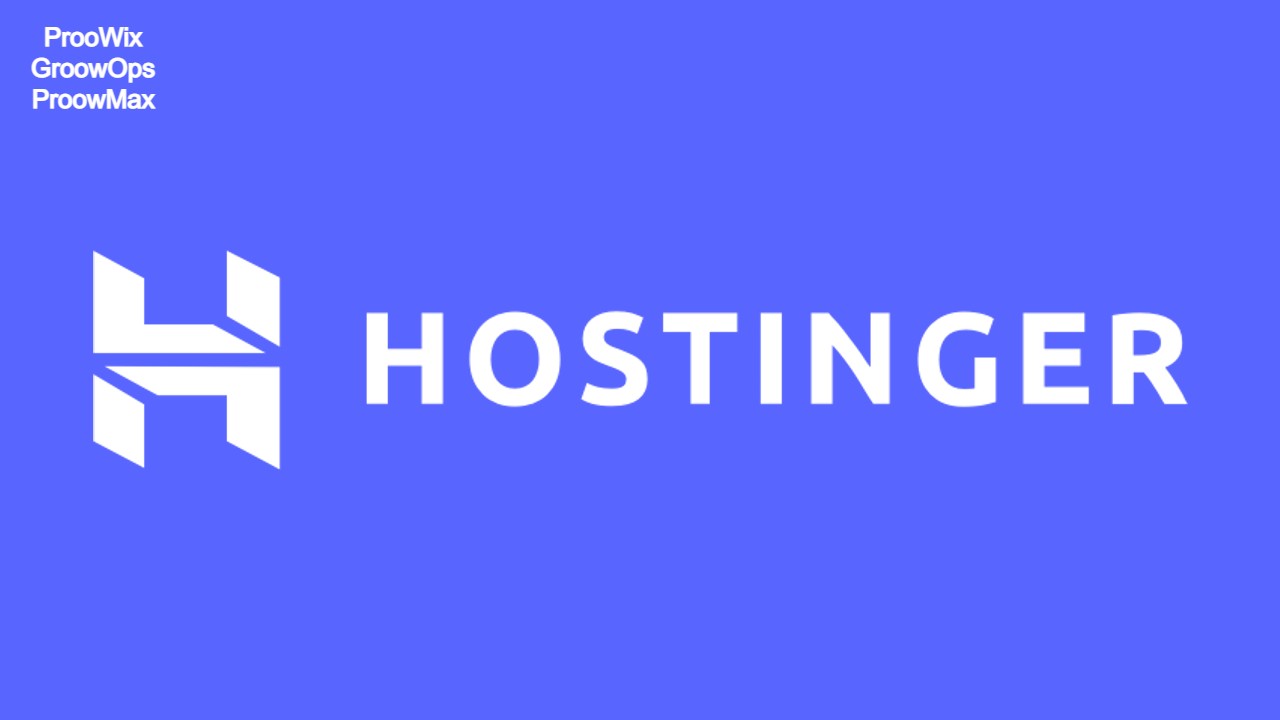

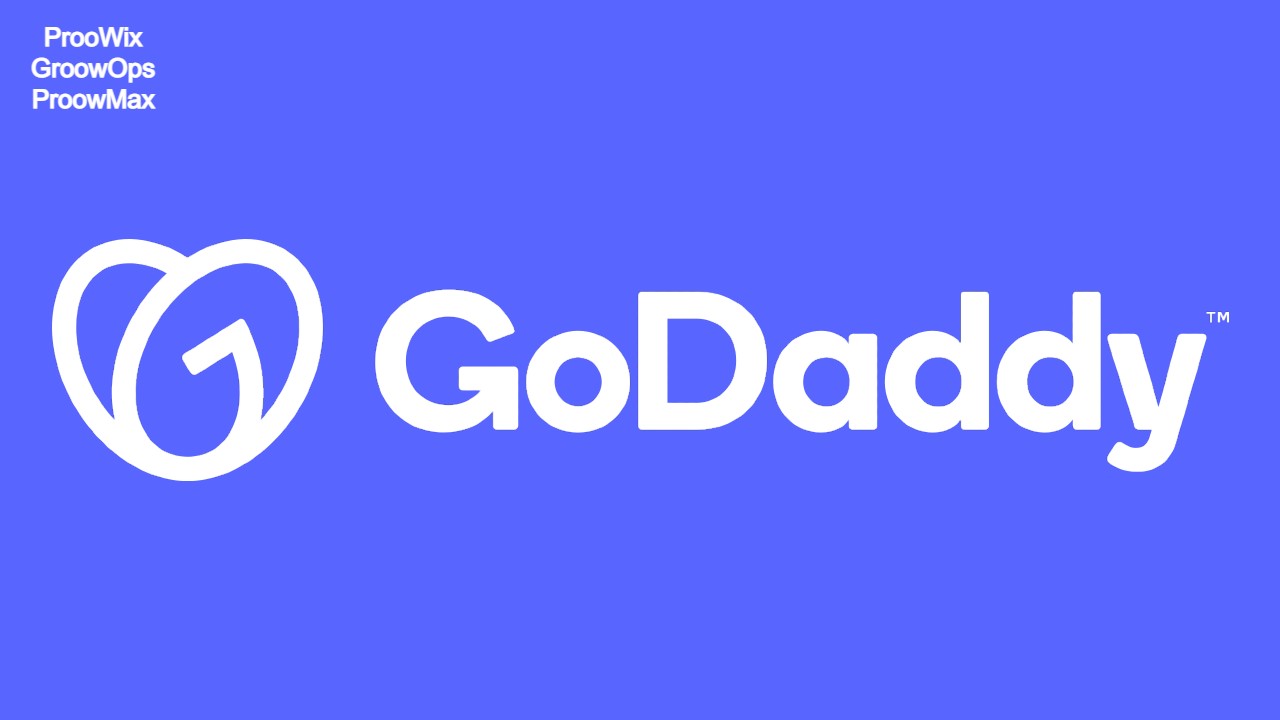
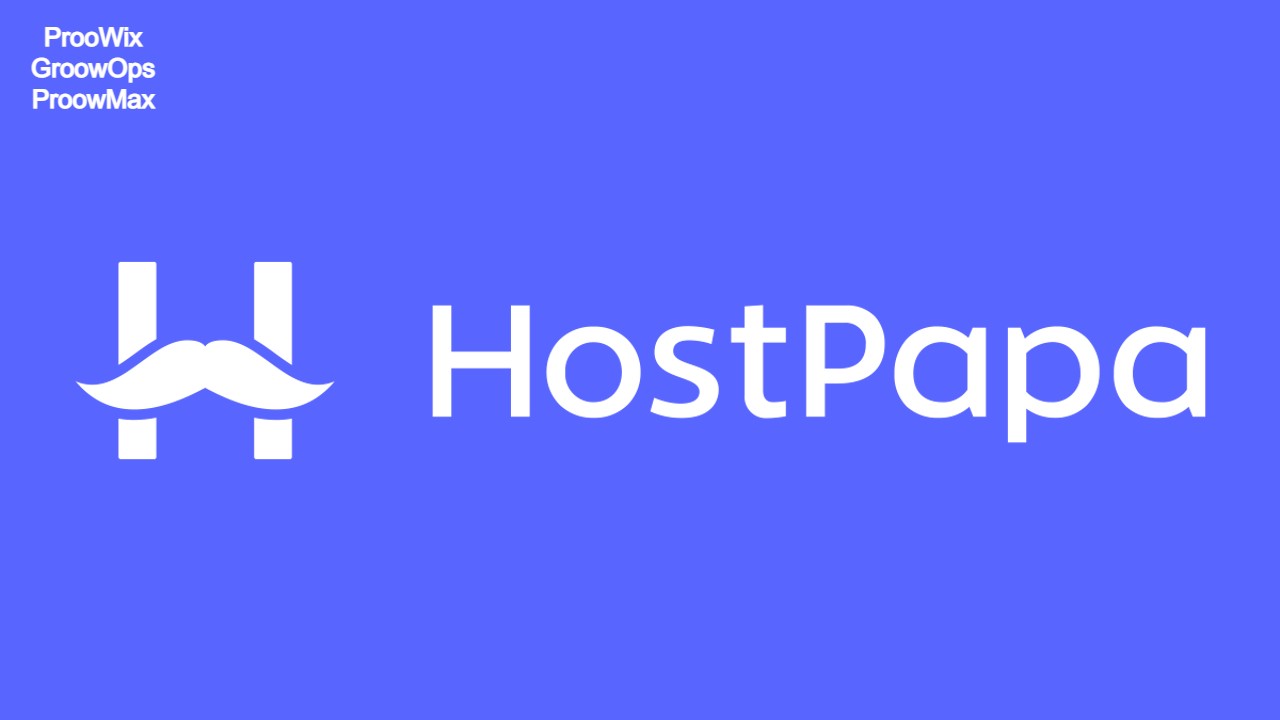
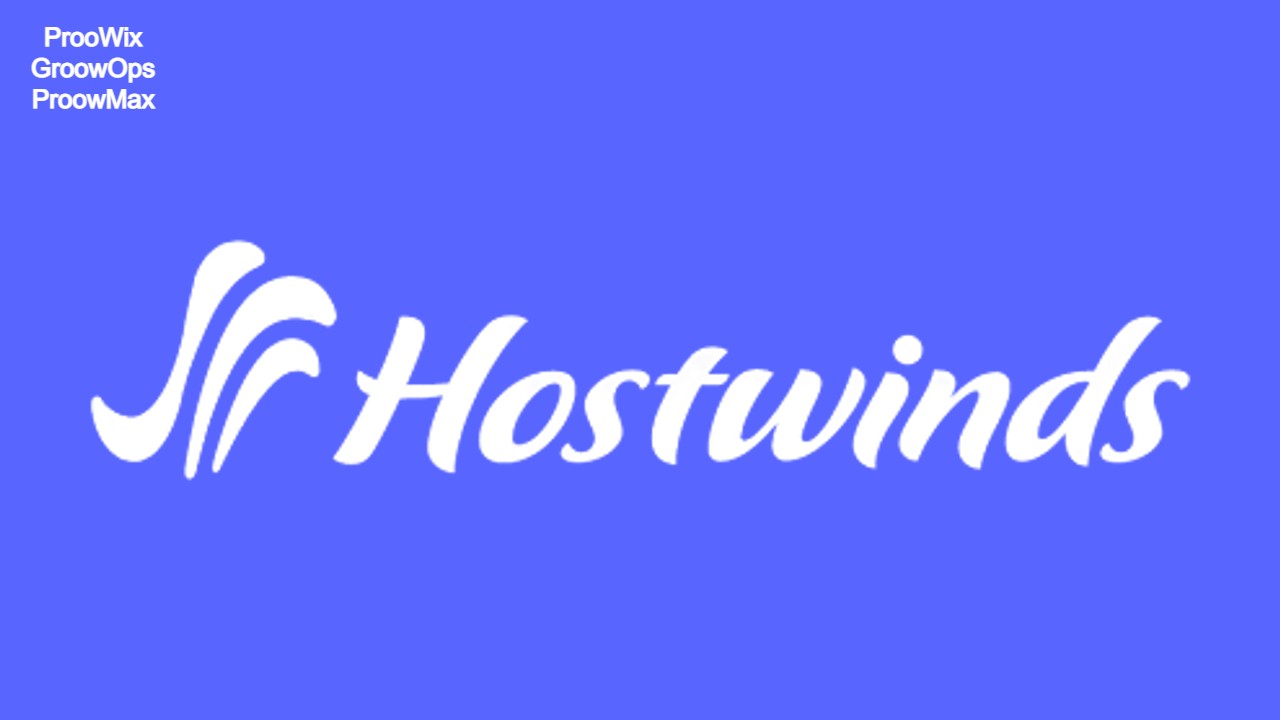





Post a Comment